
New players should maybe not spend too much time in learning the numerous gambits, defenses, attacks and variations of chess openings. For them, trying to learn detailed opening lines is probably even counterproductive. Beginners should first learn the basic principle of chess openings:
-
Control The Center
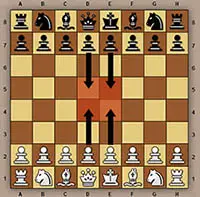
The center (the squares e4, d4, e5 and d5) is the most important area of the chessboard.
The control of this area allows more mobility for the pieces, as well as easy access to all parts of the board while attacks in the center are more effective.
Start to send pawns towards the center is a good idea and send some bishops or knights to support them as well.
-
King Safety
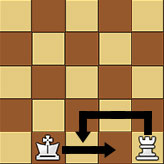
Even in the opening, it's crucial to keep your king safe.
Weakening the position of the king can lead to quick losses. Sometimes, these weaknesses can even result in quick checkmates.
If you see your opponent's is vulnerable, then better exploit this before he is in a more secure position.
Often, the f-pawn (F2 for White, F7 for Black) is the weakest point in the opening for each side.
It is usually advisable for beginners to castle early because it avoids quick checkmates that can be frustrating for beginners.
Moving the 3 pawns in front of the castled king will generally make the king more vulnerable in the opening.
-
Freedom
Pieces should also be developed to squares where they have great freedom of movement because a piece with limited movement possibilities is not much better than one still on its starting square.
Beginners often make the mistake to move one piece to a square that hinders the development of other pieces.
Video Tutorial
Most Common Openings
There are an endless number of possible openings in chess, even when just a few moves have been played. Some chess openings are time-tested and popular.
Recognizing and understanding the basics of these openings will increase your confidence in the opening phase of the game.
Spannish Game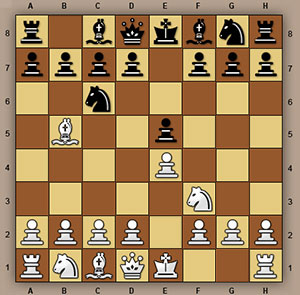 | Italian Game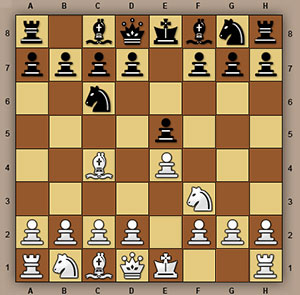 |
French Defense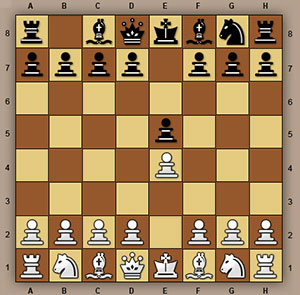 | Sicilian Defense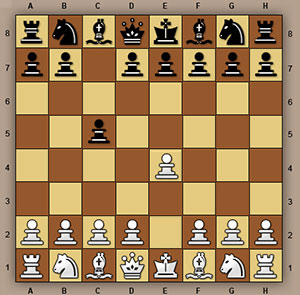 |
Indian Defense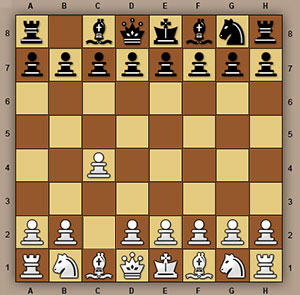 | English Opening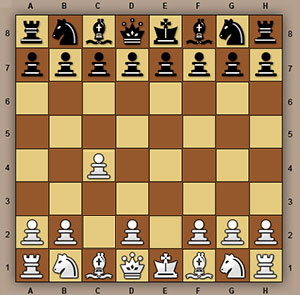 |
Queen's Gambit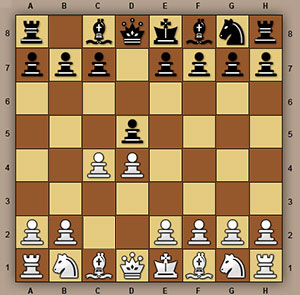 | Reti Opening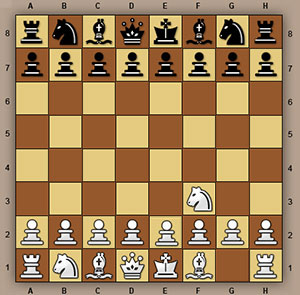 |
Continue Reading


